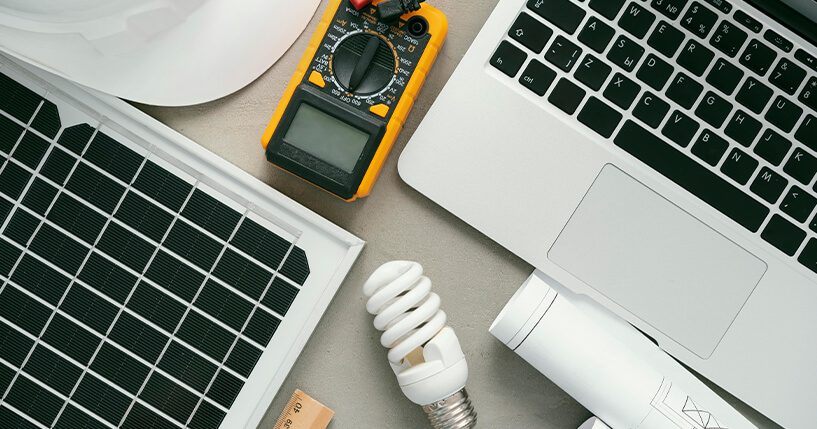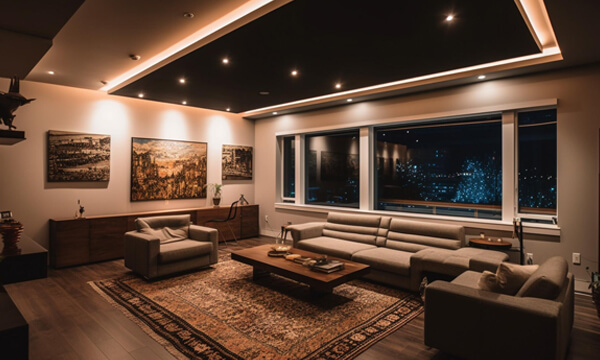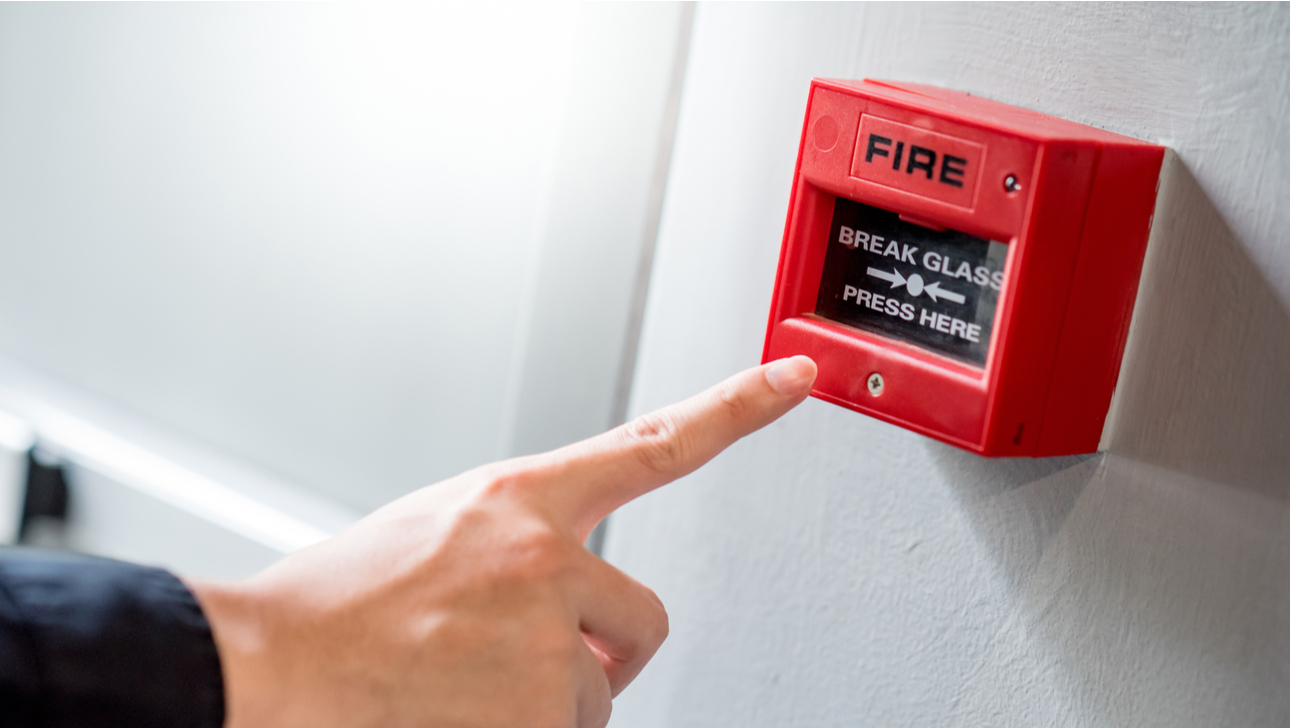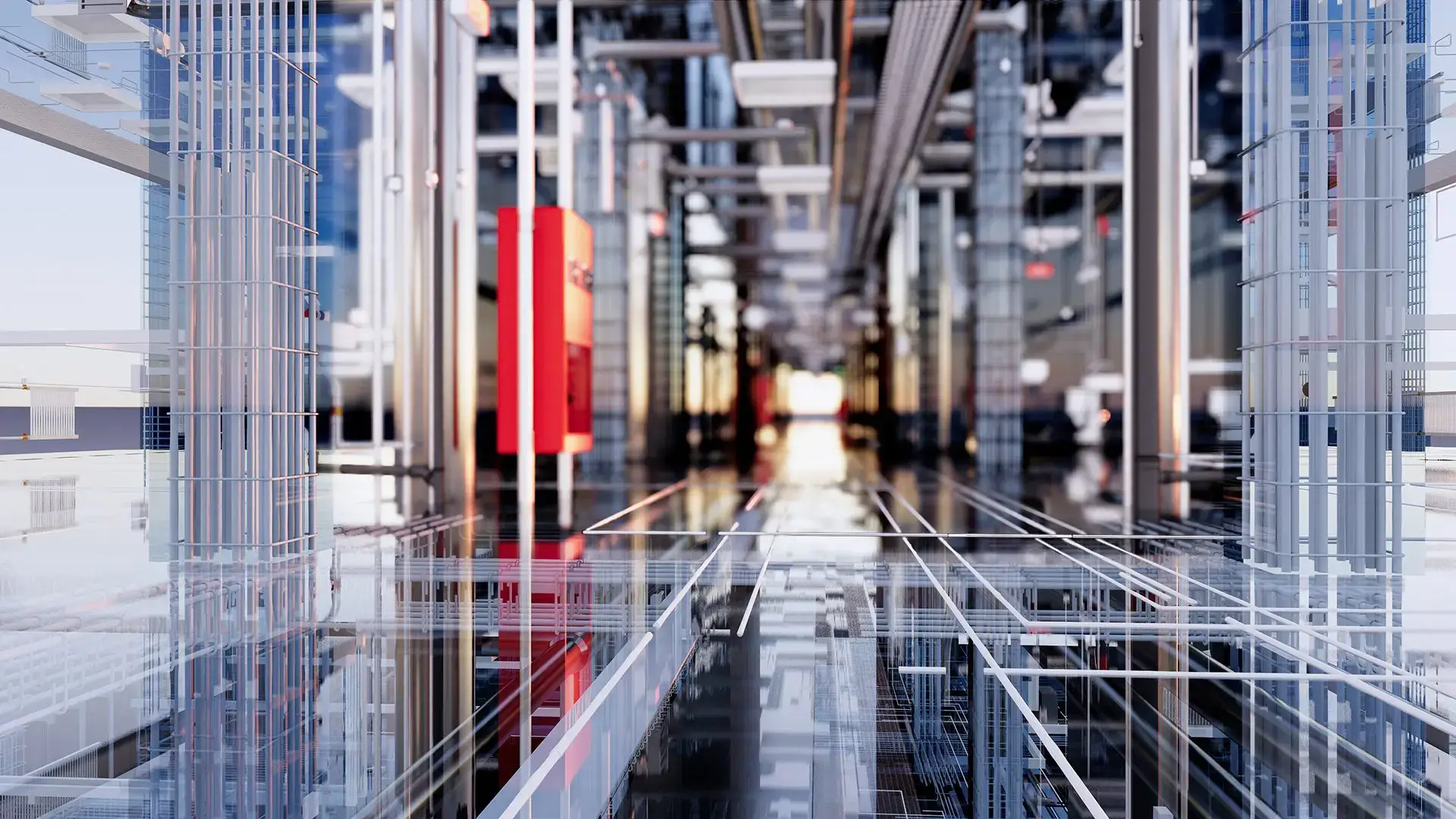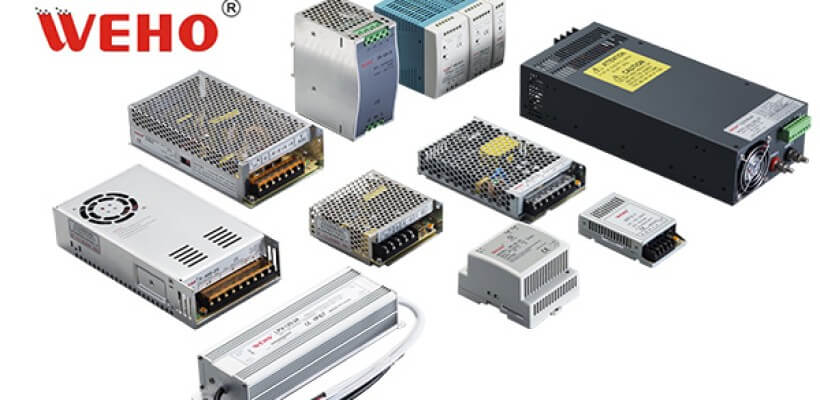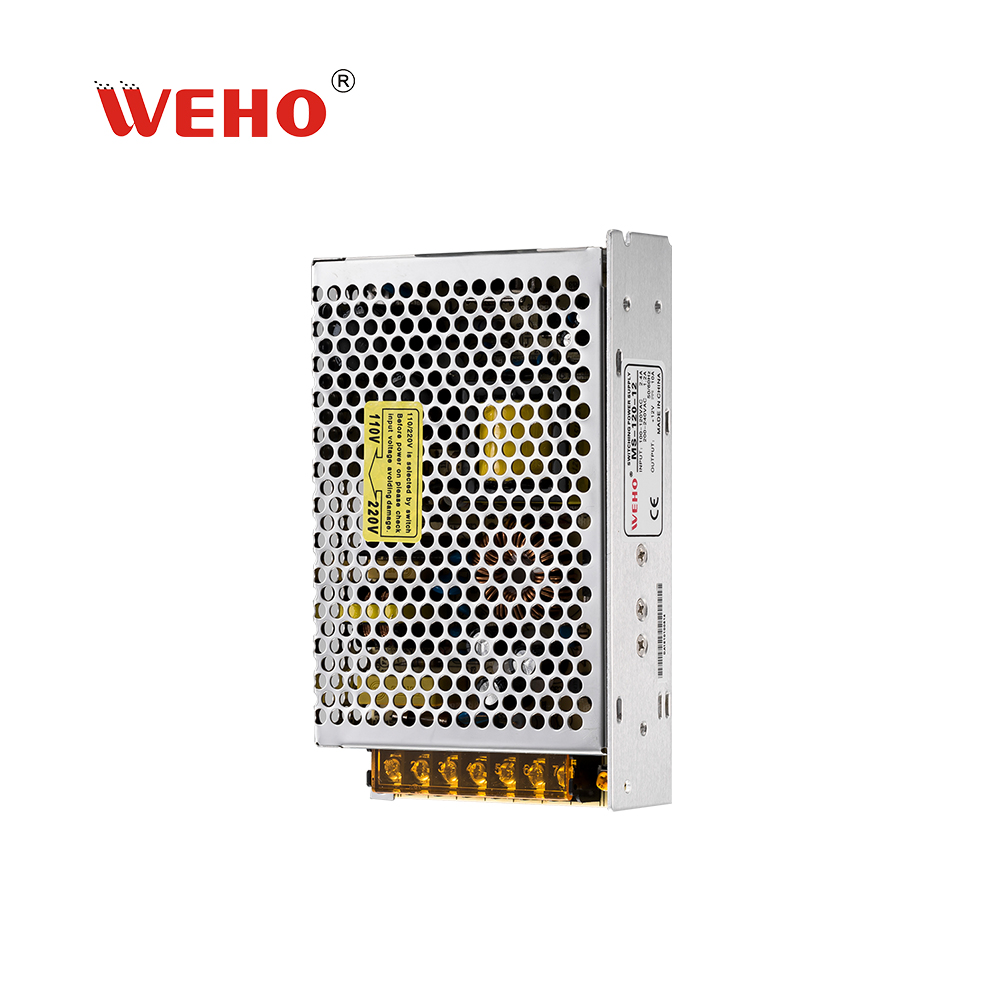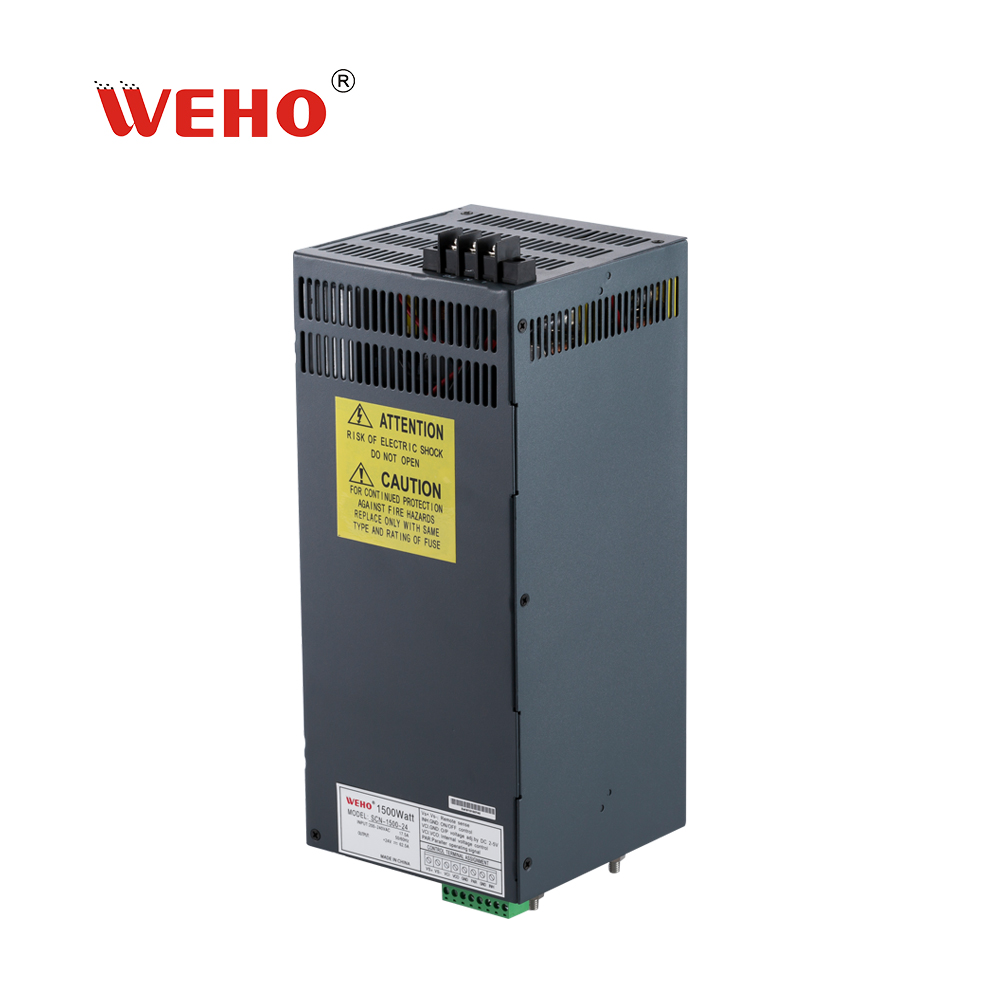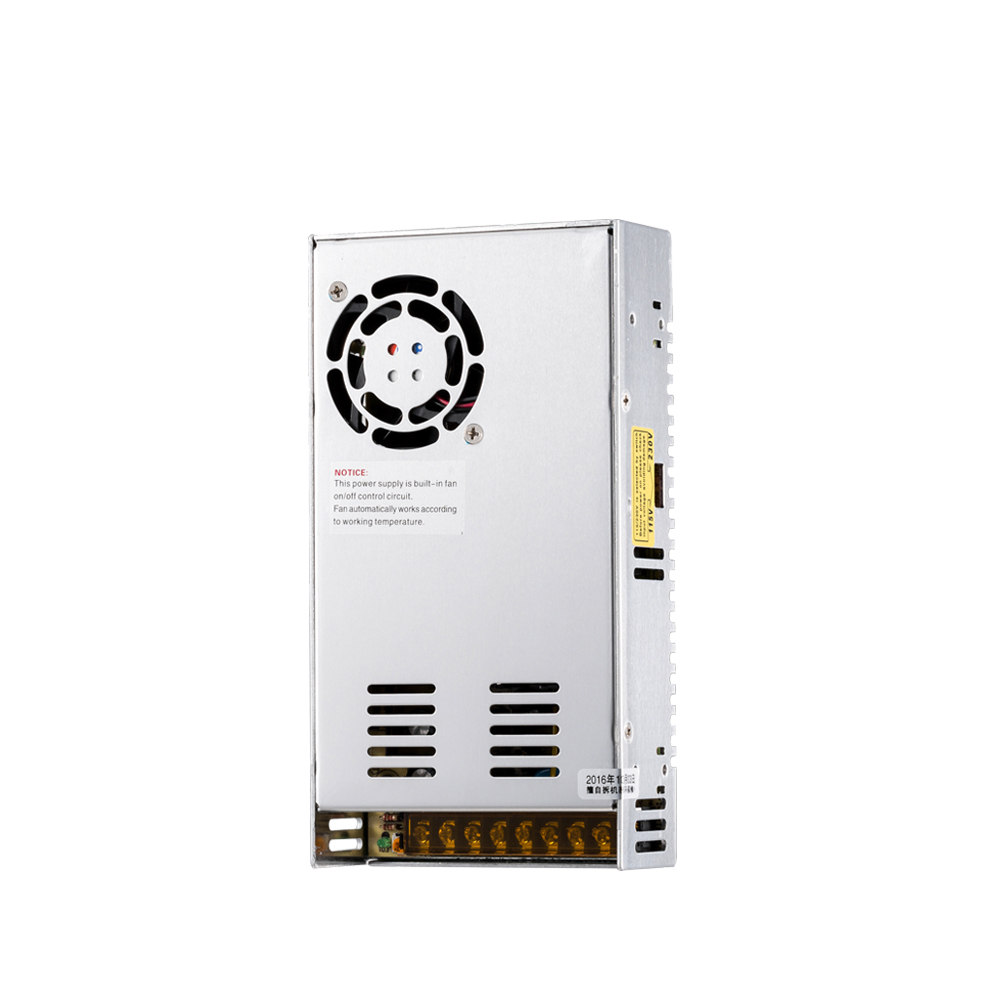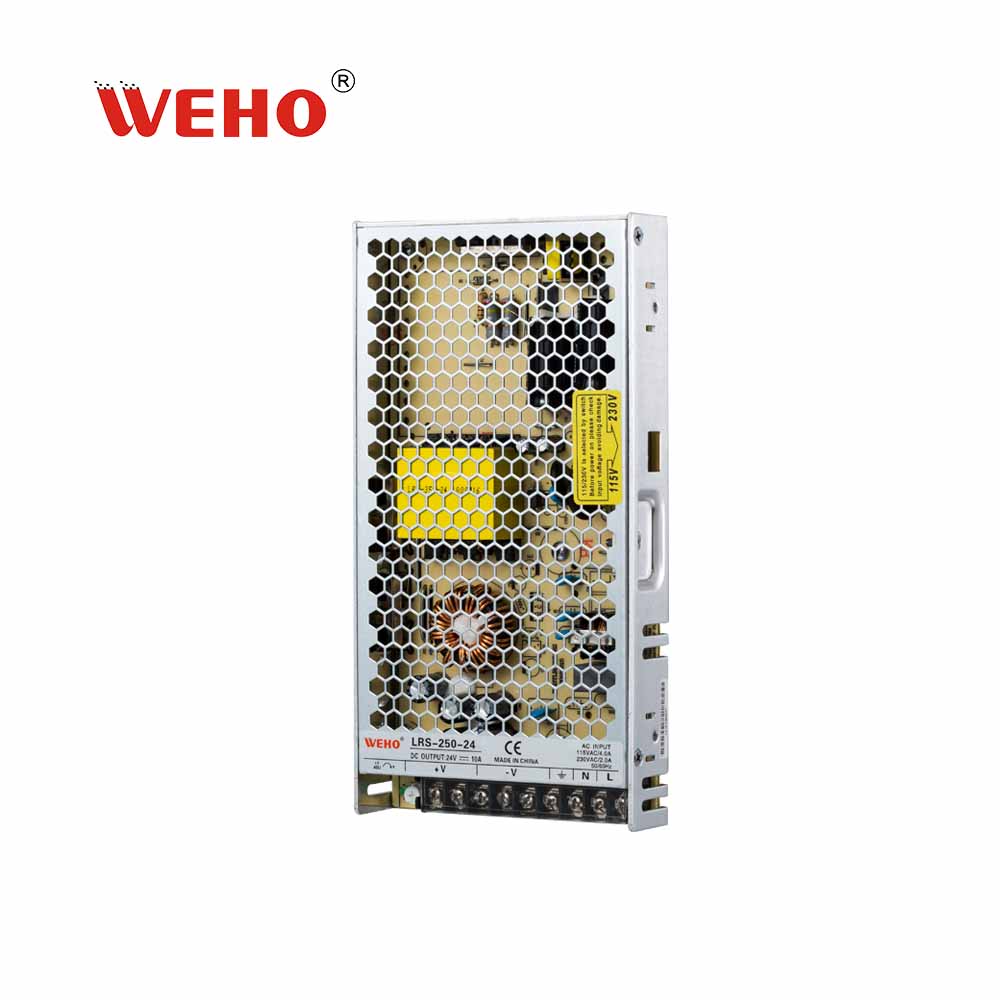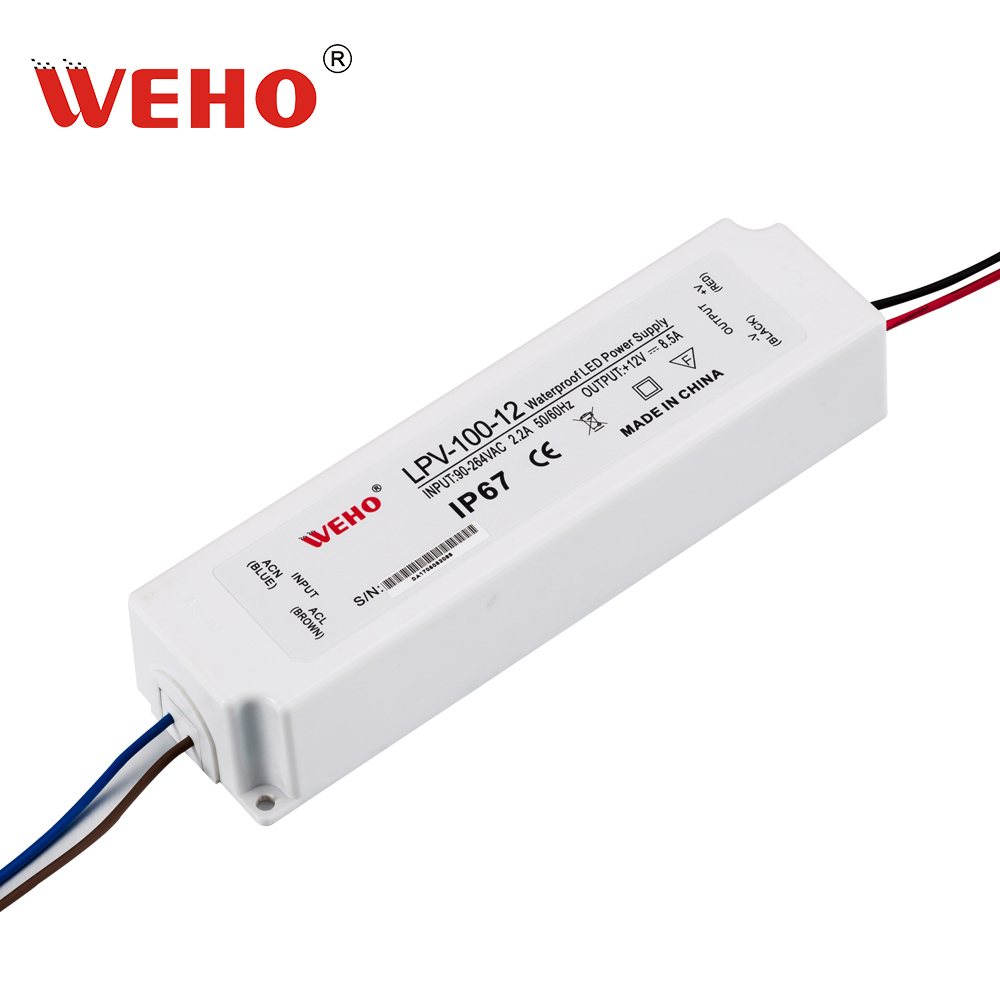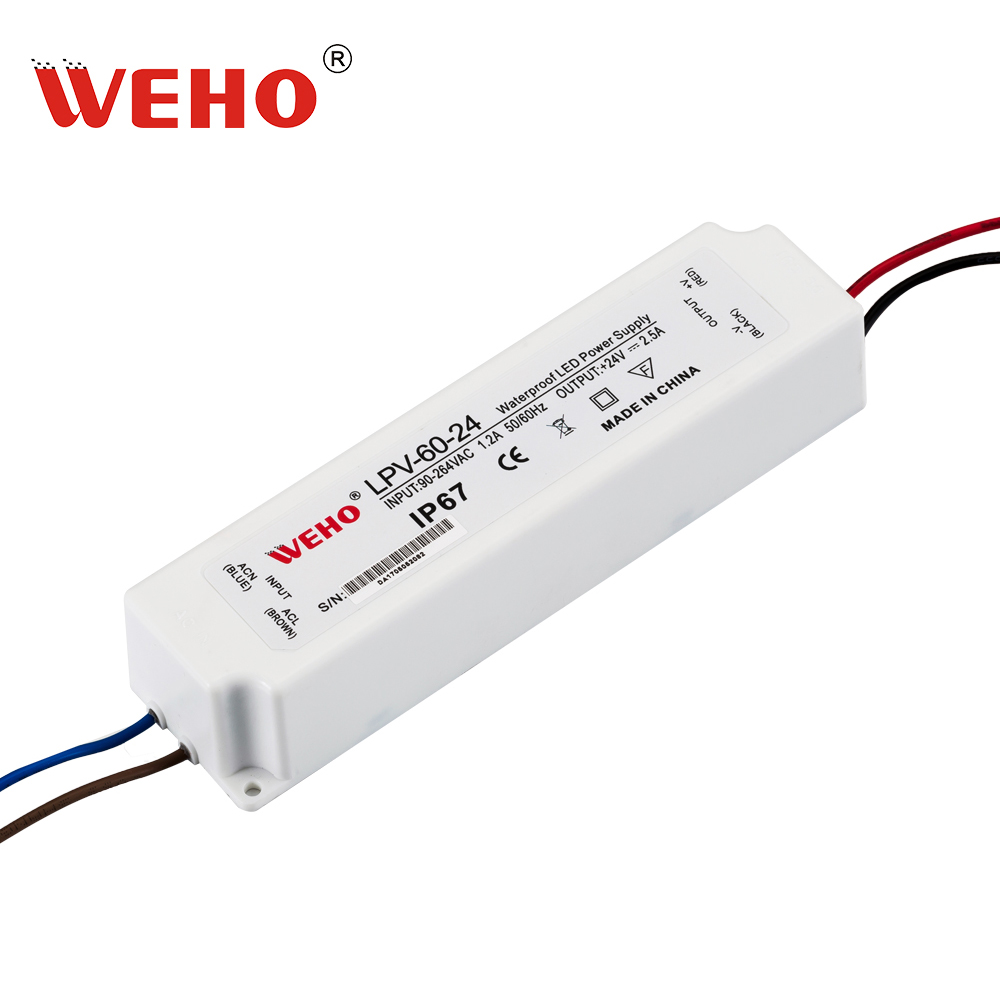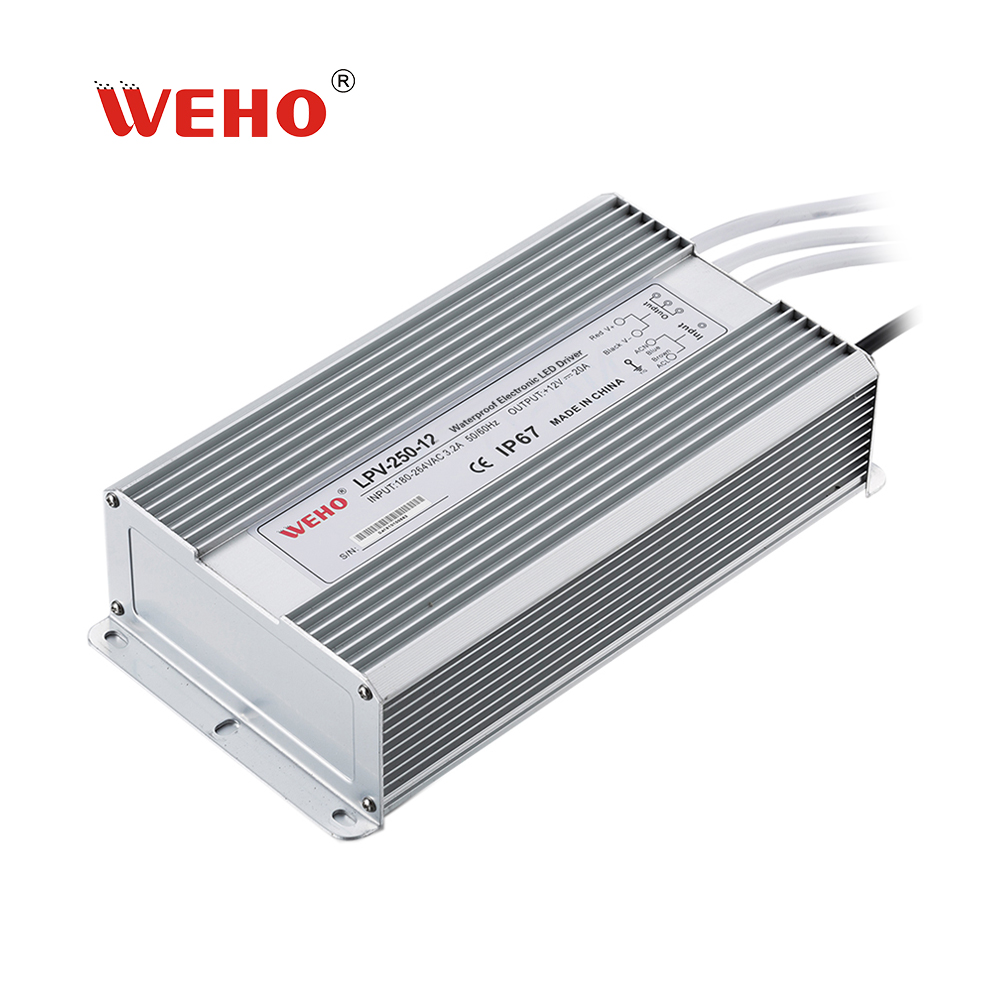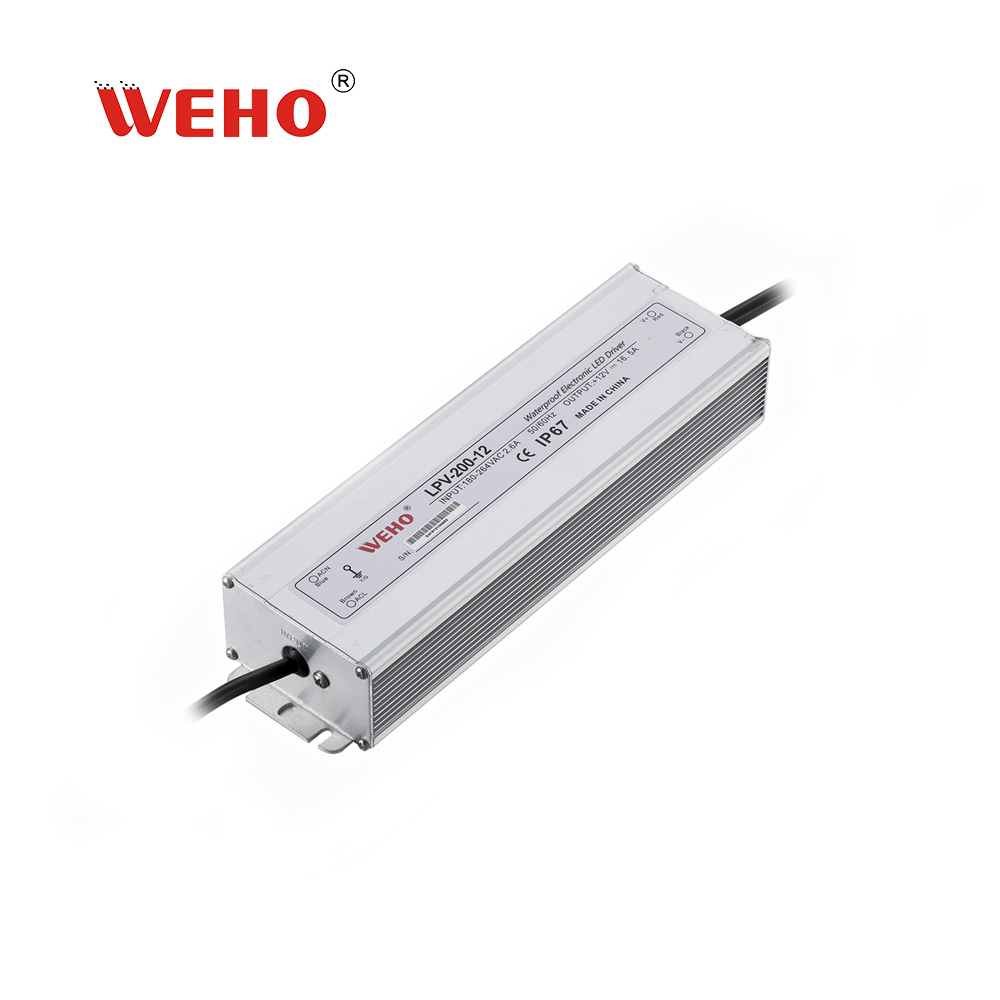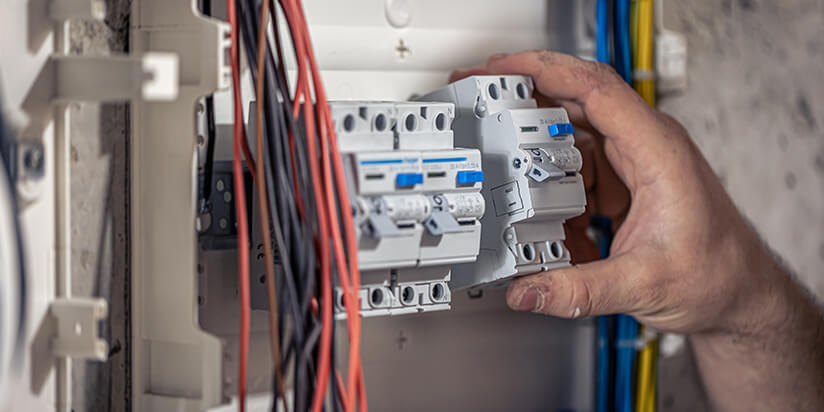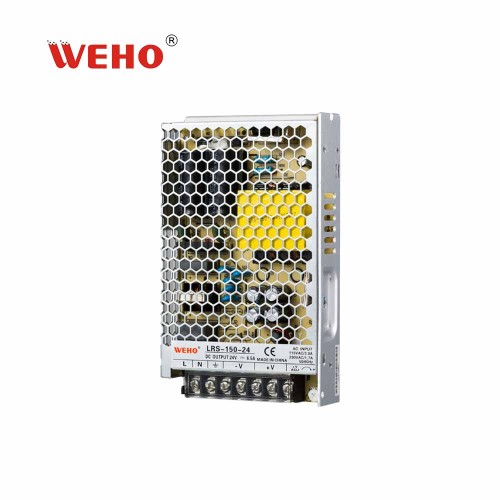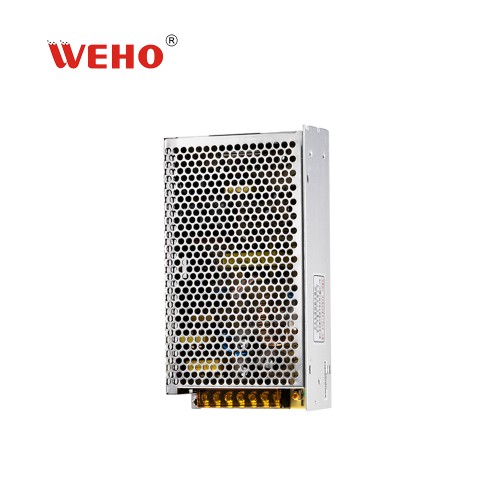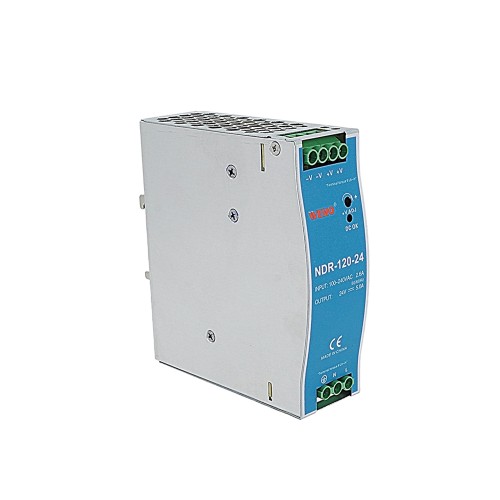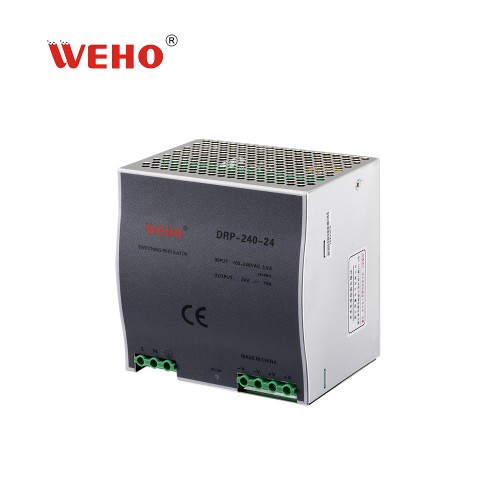How to Size and Select a Power Supply Video Transcript?
When considering a power supply, it is crucial to prioritize stability and safety. Unstable AC input voltage poses potential hazards, which is why a power supply is necessary to convert it into a reliable and constant DC output voltage. When selecting the ideal power supply, there are three key factors to consider: input voltage, output voltage, and output power capacity. By carefully evaluating these criteria, you can ensure that your chosen power supply meets your specific needs and requirements.
When selecting the input voltage for your equipment, there are two common options: 120–240 V single phase or 230–480 V three phase. It is crucial to choose the correct input voltage to avoid any potential power failures. Similarly, when it comes to output voltages, the most commonly used options are 12 V or 24 V, with 24 V being the more prevalent choice. It is essential to use the appropriate output voltage to prevent any damage to sensitive and costly equipment like PLCs.


